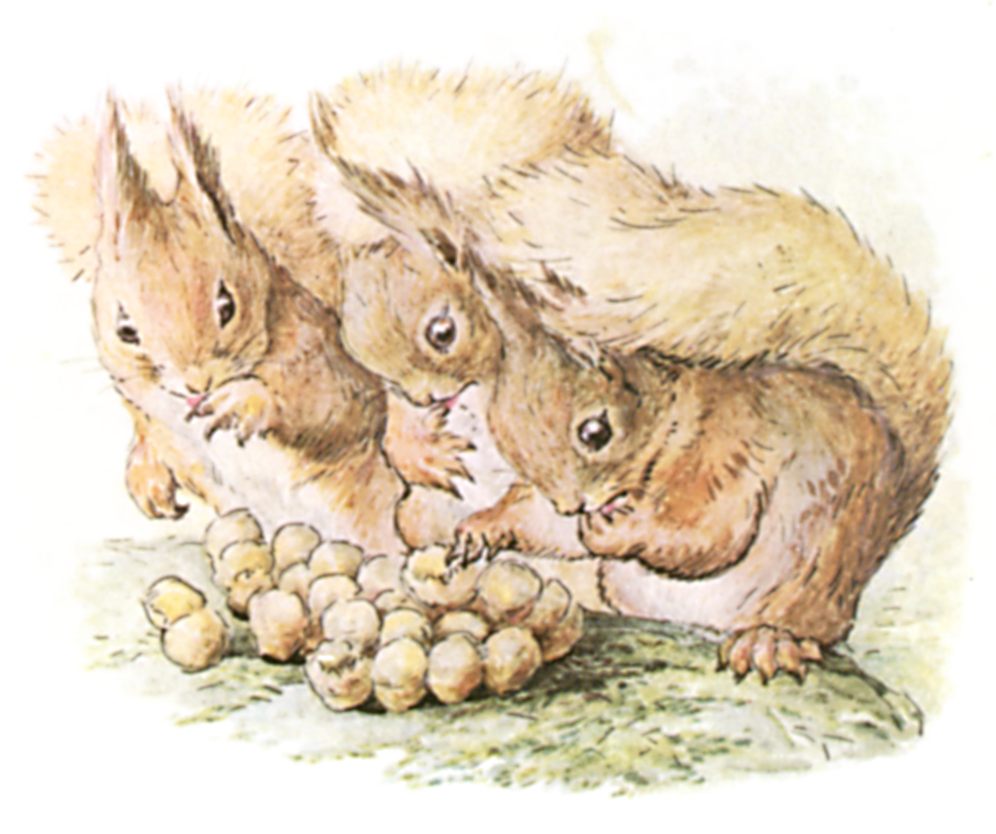I gt to know about these 2 scientists, Charles Darwin and Beatrix Potter. What I shared below is adapted from the book mentioned.
Charles Darwin
Darwin created a path which traced the outskirts of the grounds of Down House in Kent, passing by hedgerows, a field and through woodland. He called this his ' Thinking Path' which was also known as the ' Sand Path'. His life was dominated by routine: he walked the path every day for an hour from midday, enjoying the physical exercise and solitude which allowed him space to think. His use of the path tells us a lot about how Darwin as a scientist worked: each day he would take time out to think, undisturbed, as he walked round his thinking Path.
| Darwin's Thinking Path |
Today neuro-linguistic programming ( NLP) recognises that there is a link between mental processes and physical movement. Repetitive physical movements and activities involving major muscle groups such as walking, swimming, biking etc influence our overall state of mind and thus provide a more general context for our thinking processes.
Beatrix Potter
We can explore how knowing about Beatrix Potter can help us to introduce children in observing, collecting and recording plants and animals in the environment.
 |
| Beatrix Potter |
She is famous for her children’s book. She spent her early years holidaying in Scotland and the Lake District, where she developed her love of plants, animals and landscapes. Most importantly she was some one who carefully observing her surroundings and was able to translate her observations into detailed and accurate drawings and watercolours.
Beatrix Potter also became a well-respected expert mycologist ( someone who studies fungi); indeed she created several hundred watercolours of fungi and wrote papers on germination of fungi. Later in life she became a farmer and avid conservationist, helping to form the landscape of the lake District that we are familiar with today ( Potter, 2006).
Beatrix Potter also became a well-respected expert mycologist ( someone who studies fungi); indeed she created several hundred watercolours of fungi and wrote papers on germination of fungi. Later in life she became a farmer and avid conservationist, helping to form the landscape of the lake District that we are familiar with today ( Potter, 2006).
After reading more about Beatrix Potter, I immediately thought of using her as a role model for the pupils: someone who enjoyed the outdoors, was curious and carefully observed animals and plants, then used those observations to create detailed sketches, stories and also to write scientific articles. I came out a simple Power Point which I would like to show to my pupils how Beatrix used her observation skills to produce detailed drawings. Hopefully, pupils will get inspired by her and put more effort in their observational drawing and sketching in their activity books.
Sitooteries - Beatrix Potter Observation Points
I just discovered this lovely word which means somewhere to sit outside to relax, think about Science, observe the environment and sketch.
Sitooteries - Beatrix Potter Observation Points
I just discovered this lovely word which means somewhere to sit outside to relax, think about Science, observe the environment and sketch.


No comments:
Post a Comment